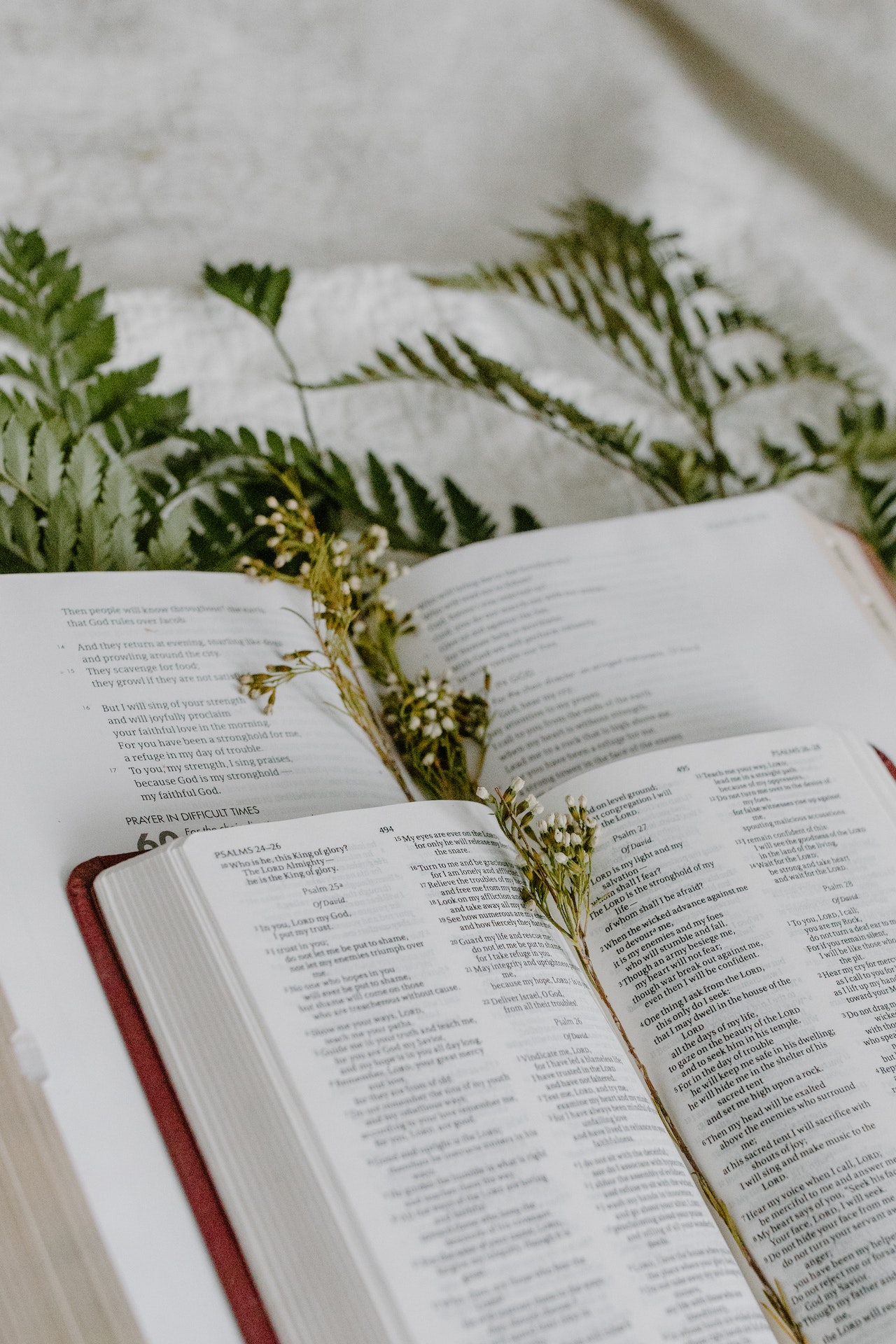The Gregorian calendar, introduced by Pope Gregory XIII in 1582, is widely used by various Christian denominations around the world. However, most Orthodox churches continue to follow the older Julian calendar for liturgical purposes. Nevertheless, there are a few Orthodox churches that have adopted the Gregorian calendar for certain aspects of their religious observances.
Table of Contents
The History and Significance of the Gregorian Calendar in Orthodox Churches
The Gregorian calendar is widely used around the world today, but did you know that not all Orthodox churches follow this calendar? In fact, there are several Orthodox churches that still adhere to the Julian calendar, which was in use before the Gregorian calendar was introduced. In this article, we will explore the history and significance of the Gregorian calendar in Orthodox churches, and take a closer look at which churches still use it.
The Gregorian calendar was introduced by Pope Gregory XIII in 1582 as a reform of the Julian calendar, which had been in use since the time of Julius Caesar. The main purpose of this reform was to bring the date of the spring equinox closer to March 21, which is the traditional date of the equinox. The Julian calendar had gradually drifted out of sync with the solar year, causing the equinox to fall earlier and earlier in the calendar year.
The introduction of the Gregorian calendar was met with some resistance, particularly in Orthodox countries. Many Orthodox churches saw it as a Western innovation and were hesitant to adopt it. However, over time, some Orthodox churches did choose to switch to the Gregorian calendar, while others continued to use the Julian calendar.
Today, the majority of Orthodox churches use the Julian calendar for calculating the date of Easter. This includes the Russian Orthodox Church, the Serbian Orthodox Church, and the Georgian Orthodox Church, among others. These churches celebrate Easter on a different date than Western churches, which follow the Gregorian calendar.
There are, however, a few Orthodox churches that have adopted the Gregorian calendar for calculating the date of Easter. The most notable of these is the Greek Orthodox Church, which made the switch in 1924. The decision to adopt the Gregorian calendar was not without controversy, and it led to a schism within the Greek Orthodox Church. Some members of the church opposed the change and formed their own separate church, known as the Old Calendarists.
The decision to use the Gregorian calendar in the Greek Orthodox Church was primarily driven by a desire to align with the rest of the Christian world. By using the same calendar as Western churches, the Greek Orthodox Church hoped to foster greater unity and cooperation among Christians. However, the switch to the Gregorian calendar did not come without its challenges. Many traditionalists within the church felt that it was a betrayal of Orthodox tradition and resisted the change.
In conclusion, the Gregorian calendar has had a significant impact on Orthodox churches around the world. While the majority of Orthodox churches still use the Julian calendar, there are a few that have adopted the Gregorian calendar, most notably the Greek Orthodox Church. The decision to switch calendars has not been without controversy, but it has allowed these churches to align their celebrations with the rest of the Christian world. Whether Orthodox churches use the Gregorian or Julian calendar, the important thing is that they continue to celebrate their faith and uphold their traditions.
Exploring the Orthodox Churches that Follow the Gregorian Calendar

Have you ever wondered why some Orthodox churches celebrate Christmas on December 25th, while others celebrate it on January 7th? The answer lies in the calendar they follow. While most Orthodox churches use the Julian calendar, there are a few that have adopted the Gregorian calendar. In this article, we will explore the Orthodox churches that follow the Gregorian calendar and the reasons behind their decision.
One of the most well-known Orthodox churches that use the Gregorian calendar is the Orthodox Church of Finland. This church made the switch in 1923, following the lead of their neighboring country, Sweden. The decision was made in order to align with the rest of Western Christianity and to make it easier for Finnish Orthodox Christians to celebrate Christmas with their Catholic and Protestant friends and family. Since then, the Orthodox Church of Finland has continued to use the Gregorian calendar for all liturgical celebrations.
Another Orthodox church that follows the Gregorian calendar is the Orthodox Church of Estonia. This church made the switch in 1996, after Estonia gained independence from the Soviet Union. The decision was seen as a way to distance themselves from the Russian Orthodox Church, which still uses the Julian calendar. By adopting the Gregorian calendar, the Orthodox Church of Estonia hoped to strengthen their ties with the rest of Europe and to better integrate into the global community.
The Orthodox Church in America is another example of an Orthodox church that uses the Gregorian calendar. This church was originally part of the Russian Orthodox Church but gained autocephaly (independence) in 1970. As part of their efforts to establish their own identity, the Orthodox Church in America decided to adopt the Gregorian calendar for all liturgical celebrations. This decision was also influenced by the fact that the majority of Orthodox Christians in America follow the Gregorian calendar, making it easier for the church to connect with its members.
While these are some of the most well-known examples, there are a few other Orthodox churches that have also adopted the Gregorian calendar. These include the Orthodox Church of Japan, the Orthodox Church of China, and the Orthodox Church of Czech Lands and Slovakia. Each of these churches made the switch for different reasons, but the common thread is a desire to align with the rest of the Christian world and to foster unity among Orthodox Christians.
In conclusion, while most Orthodox churches use the Julian calendar, there are a few that have chosen to follow the Gregorian calendar. The Orthodox Church of Finland, the Orthodox Church of Estonia, and the Orthodox Church in America are just a few examples of churches that have made this decision. Whether it is to align with Western Christianity, to establish their own identity, or to foster unity, these churches have found value in adopting the Gregorian calendar. Regardless of the calendar they follow, Orthodox Christians around the world continue to celebrate their faith and come together in worship.
Comparing Liturgical Practices in Orthodox Churches Using the Gregorian Calendar
Orthodox Christianity is a diverse and rich tradition, with various branches and practices. One of the key differences among Orthodox churches is the calendar they use for liturgical purposes. While most Orthodox churches follow the Julian calendar, there are a few that have adopted the Gregorian calendar. In this article, we will explore the liturgical practices of Orthodox churches that use the Gregorian calendar.
The Gregorian calendar, introduced by Pope Gregory XIII in 1582, is a solar calendar that is widely used in the Western world. It was designed to correct the inaccuracies of the Julian calendar, which had gradually shifted out of sync with the solar year. The Gregorian calendar is now the most widely used civil calendar in the world, but its adoption by Orthodox churches has been limited.
The most prominent Orthodox church that uses the Gregorian calendar is the Finnish Orthodox Church. This church, which is an autonomous part of the Ecumenical Patriarchate of Constantinople, switched to the Gregorian calendar in 1923. The decision to adopt the Gregorian calendar was made in order to align the Finnish Orthodox Church with the civil calendar used in Finland. This change allowed the church to better integrate with the society and culture of the country.
Another Orthodox church that uses the Gregorian calendar is the Estonian Apostolic Orthodox Church. This church, which is also under the jurisdiction of the Ecumenical Patriarchate of Constantinople, made the switch to the Gregorian calendar in 1923, following the independence of Estonia from Russia. The adoption of the Gregorian calendar was seen as a way to assert the independence and national identity of the Estonian Orthodox Church.
In addition to these two churches, there are a few smaller Orthodox communities that use the Gregorian calendar. These include the Orthodox Church in America, which is an autocephalous church with roots in the Russian Orthodox tradition. The decision to use the Gregorian calendar was made in 1970, in order to facilitate dialogue and cooperation with other Christian denominations in the United States.
While the majority of Orthodox churches continue to use the Julian calendar, the liturgical practices of those that use the Gregorian calendar are not significantly different. The major feasts and fasts are still observed, although they may fall on different dates compared to churches that follow the Julian calendar. For example, Christmas is celebrated on December 25th according to the Gregorian calendar, while churches that use the Julian calendar celebrate it on January 7th.
In conclusion, while most Orthodox churches follow the Julian calendar, there are a few that have adopted the Gregorian calendar. The Finnish Orthodox Church, the Estonian Apostolic Orthodox Church, and the Orthodox Church in America are among the Orthodox communities that use the Gregorian calendar for liturgical purposes. Despite the differences in calendar, the liturgical practices of these churches are similar to those of churches that follow the Julian calendar. The adoption of the Gregorian calendar by these churches reflects their desire to align with the civil calendar of their respective countries and to foster dialogue with other Christian denominations.
The Impact of the Gregorian Calendar on Orthodox Church Festivals and Celebrations
The Gregorian calendar, introduced by Pope Gregory XIII in 1582, is widely used around the world today. However, not all Christian denominations have adopted this calendar for their religious observances. In particular, many Orthodox churches continue to use the Julian calendar, which was in use before the introduction of the Gregorian calendar. This has led to some interesting differences in the timing of festivals and celebrations between Orthodox churches that use the Gregorian calendar and those that adhere to the Julian calendar.
One of the most significant impacts of the Gregorian calendar on Orthodox church festivals and celebrations is the difference in the date of Easter. Easter is the most important Christian holiday, commemorating the resurrection of Jesus Christ. In the Western Christian tradition, Easter is celebrated on the first Sunday following the first full moon after the vernal equinox. This means that Easter can fall anywhere between March 22 and April 25.
However, Orthodox churches that use the Julian calendar calculate the date of Easter differently. They follow the same basic rule, but use the Julian calendar’s calculations for the vernal equinox and the full moon. As a result, Orthodox Easter often falls on a different date than Western Easter. In some years, the difference can be as much as five weeks.
This discrepancy in the date of Easter can have practical implications for Orthodox Christians living in countries where the majority of the population follows the Gregorian calendar. For example, Orthodox Christians in Western countries may need to take time off work or school to attend Easter services, which may not align with the official public holidays. Additionally, families with members belonging to different Orthodox churches may find it challenging to coordinate their Easter celebrations.
Another significant impact of the Gregorian calendar on Orthodox church festivals and celebrations is the difference in the dates of other fixed feasts and saints’ days. While the dates of these observances are fixed according to the Julian calendar, they can vary when translated to the Gregorian calendar. This means that Orthodox Christians who follow the Gregorian calendar may celebrate these feasts and saints’ days on different dates than their counterparts who adhere to the Julian calendar.
The use of the Gregorian calendar by some Orthodox churches has also led to changes in the liturgical calendar. For example, the Feast of the Nativity, commonly known as Christmas, is celebrated on December 25 in Western Christianity. However, Orthodox churches that use the Gregorian calendar now also celebrate Christmas on this date, rather than on January 7, as is the tradition for Orthodox churches that follow the Julian calendar.
In conclusion, the adoption of the Gregorian calendar by some Orthodox churches has had a significant impact on the timing of festivals and celebrations. The differences in the date of Easter, fixed feasts, and saints’ days can create challenges for Orthodox Christians living in countries where the majority follows the Gregorian calendar. However, these differences also highlight the rich diversity within the Orthodox tradition and provide an opportunity for dialogue and understanding between different branches of the church.
Conclusion
In conclusion, the Orthodox Churches that use the Gregorian calendar include the Orthodox Church of Finland, the Estonian Apostolic Orthodox Church, and the Orthodox Church of Japan.
For licensing reasons, we must provide the following notice: This content was created in part with the help of an AI.


